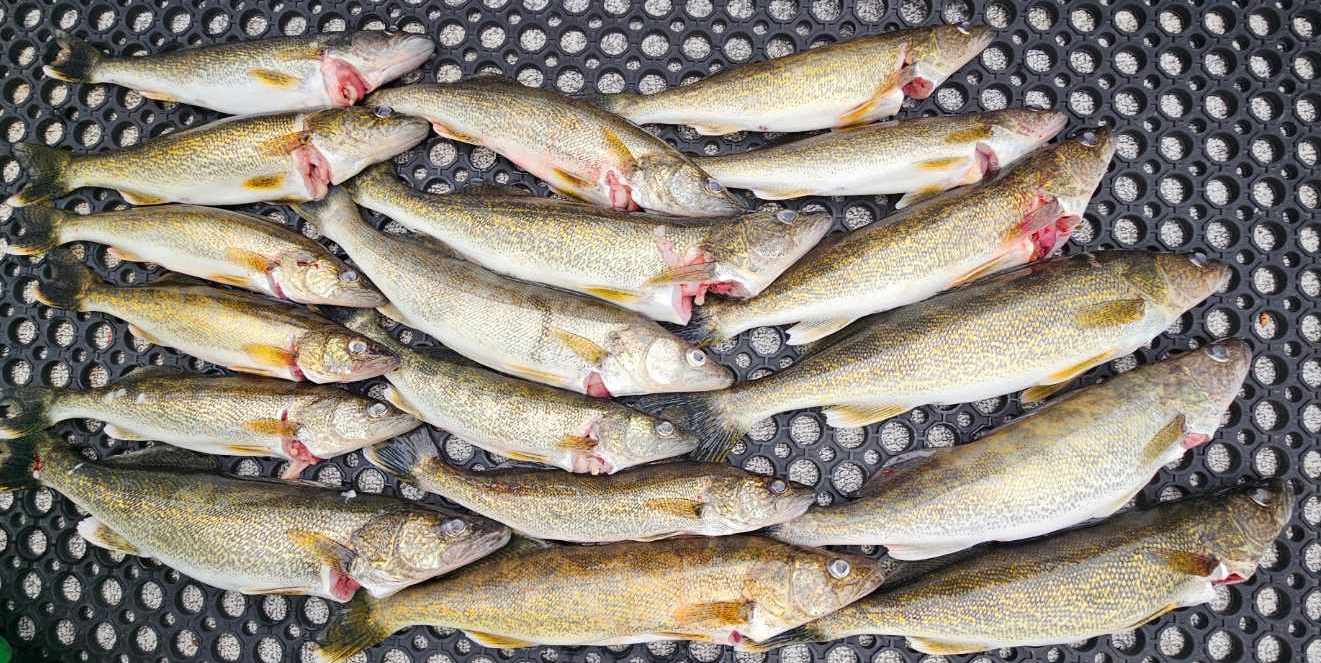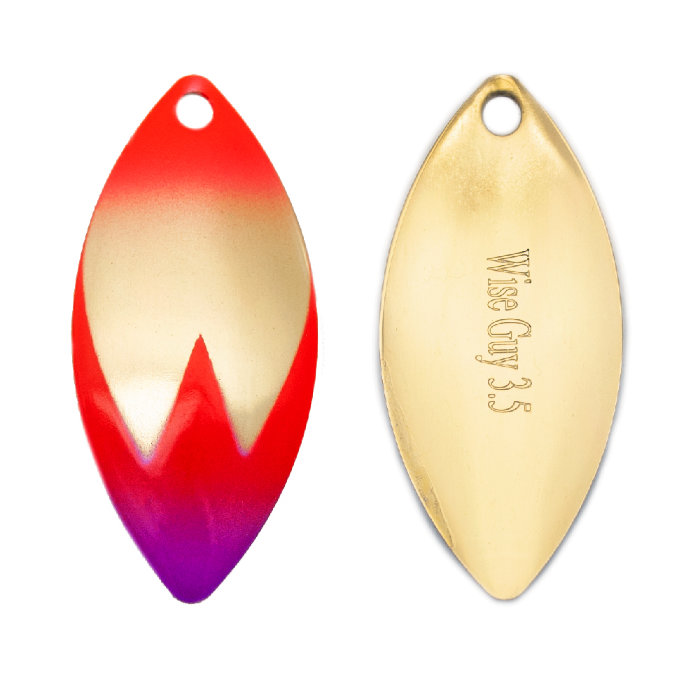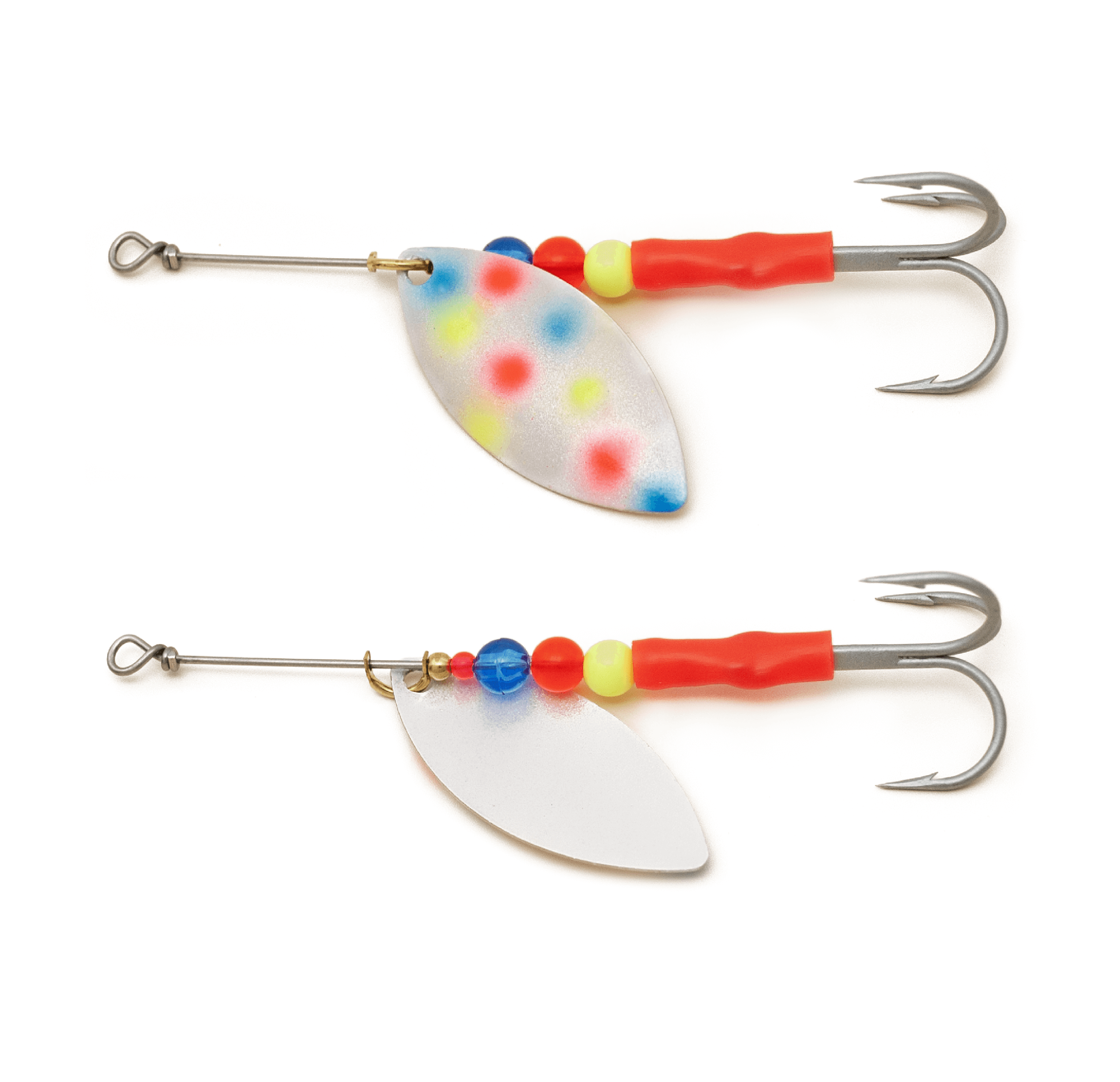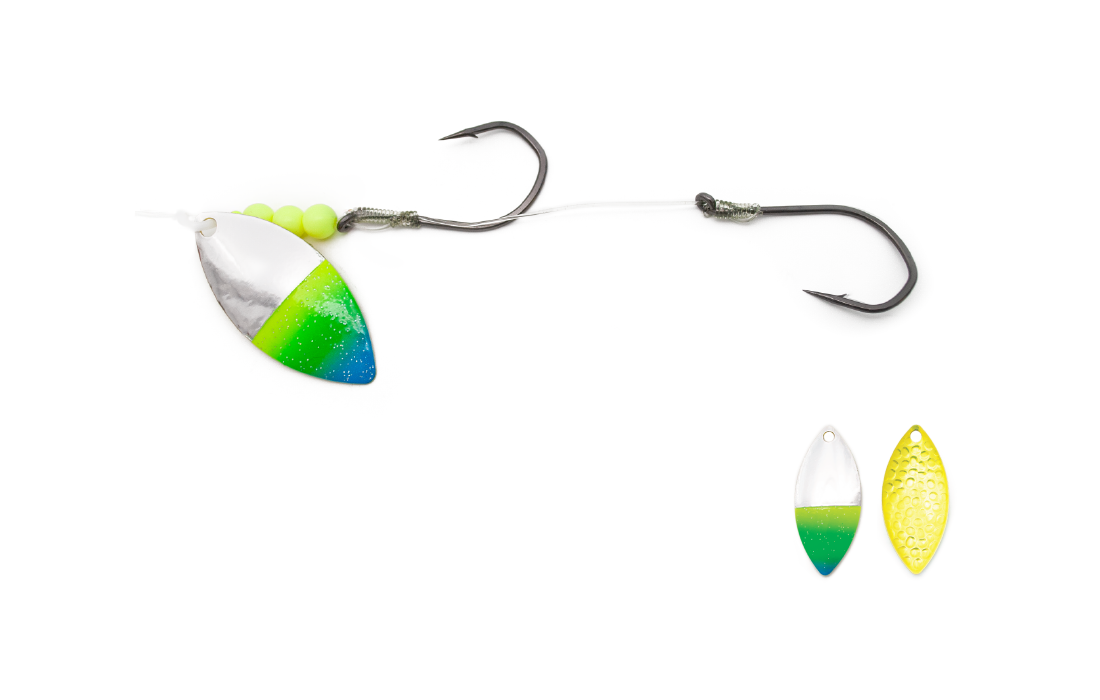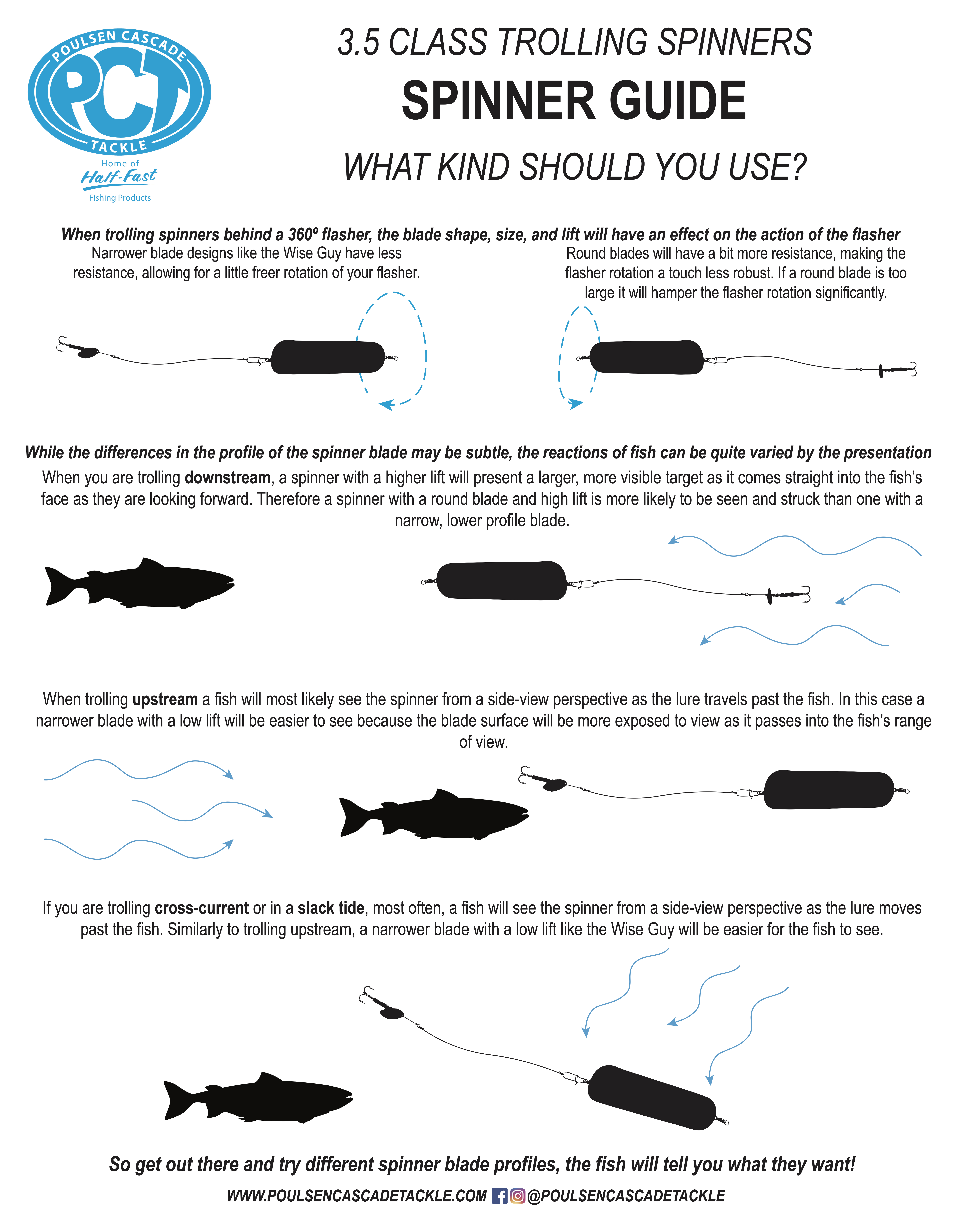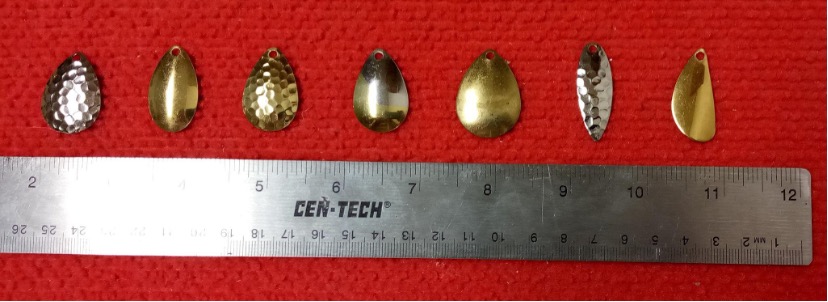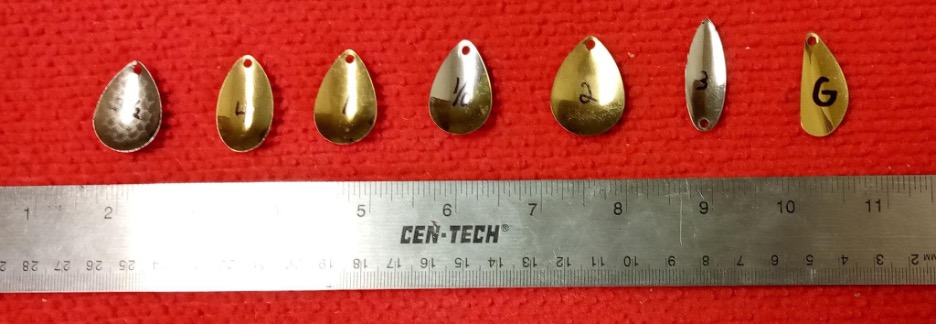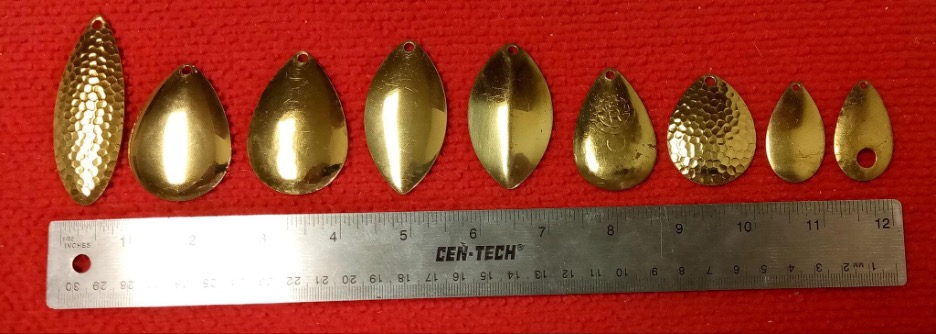3.75 Spinner Blade
If a 3.5 Spinner Blade is Good, What About a 3.75?
Does a Bigger Blade Make 360° Salmon Trolling Better?
We think it probably does.
So does Gary Geis, owner of Double G Guide Service in the Pacific Northwest.
Gary tested our 3.75 BV Spinner Blades on a soft-tie rig with a hoochie by trolling them behind a 360° flasher for Fall salmon.
In fact, the whole idea for a larger blade was Gary’s.
The concern was that it would still allow the flasher to rotate properly so as to impart the desired action to the spinner. It does. And does so with flying colors. Not only that, but lots of salmon liked it too.
So why should you care that a 3.75 spinner blade is a bit larger?
In a word, the bigger the blade the easier for a fish to see it. It’s as simple as that.
Since the advent of this specialized trolling technique, guides and other serious anglers have sought to improve on an already super productive salmon trolling method. BV 3.75 spinner blades are designed to do just that.
In our own trials we found that the action of a 360° flasher is not impeded whatsoever by the additional size of these blades.
We are also of the opinion that a blade that is any larger than our BV 3.75 blades might indeed slow the rotation of the dodger, thus detracting from the intended benefit of 360° trolling.
Conclusion: To increase the odds of a salmon seeing your offering when trolling with a 360° flasher try the largest spinner blade that still allows the flasher to function as designed. They won’t bite it if they can’t see it.
Poulsen Cascade Tackle, based in the Pacific Northwest, specializes in crafting high-quality tackle solutions tailored to the needs of dedicated anglers. Renowned for innovative designs, exceptional craftsmanship, and the use of premium materials, the company is a trusted name in the fishing community.
We invite you to Share Your Thoughts and Questions. Please Submit Your Comments.





